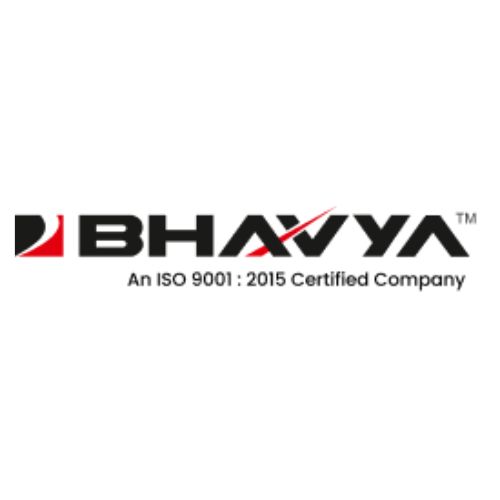Category Archives: Mechanical Press Brake

All About Mechanical Press Brake
Importance of Press Brake A press brake is a machining component applied for easy way of bending metal sheets. It is possible to make pre-determined bends and there stays the importance of this workshop device. What make Mechanical Press Brake…

Possible Bending Variations with Press Brake
The Purpose of Press Brake A press brake is workshop equipment that is mainly used for bending metals and metal sheets. Wherein, it can be done either in V shape or U shape in accordance with the industrial requirement. It…

How are mechanical and hydraulic press brakes employed for sheet metal bending?
Press brake or break press is a equipments used for bending sheets of metals, or other materials. Prior to using a metal plate or a sheet it has to be shaped or formed. To do this a machine or a…

Set Up Procedure for Mechanical and Hydraulic Press Brake
Introduction - Press Brake It is a kind of bending machine used for bending sheet metal into a predetermined shape. The bending depends upon the shape of the punch and the die. These are being widely used in metallurgy, aircraft…

Sheet Metal Machineries for Shearing, Bending & Cutting
The various sheet metal machineries for shearing, bending and cutting are described below: Press Brake The mechanical press brake has a sturdy frame built from high grade steel. It also consists of steel plates with appropriate thickness and machined guide…

Significance of a Press Brake in Metal Cutting Applications
A number of machines are used in the process of fabrication of sheet metal parts. Fabrication is the process of collective operations which are used to give a shape to the metal sheet. This involves a number of equipments like…

Applications of Different Types of Press Brakes – Mechanical & Hydraulic Press Brake
The press brake is primarily a machine tool that is utilized for bending a metal sheet or plate, into a shape which is determined by its die set. It forms preset bends by tightly holding the workpiece between the punch and die set.…

Selecting Right Type of Press Brake for Your Workshop
A press brake is also referred to as a brake press. It is basically a powerful machine tool that is commonly used for bending sheets and plates; particularly for bending sheet metal. It forms preset bends by holding the work piece in between the suitable punch…

Mechanical Press Brake V/s. Hydraulic Press Brake – Which One is Better?
These days, various types of press brakes are available in the market, including mechanical and hydraulic. The main differences between a mechanical and a hydraulic is as follows. Hydraulic press brakes are simple to use and versatile for punching and…





